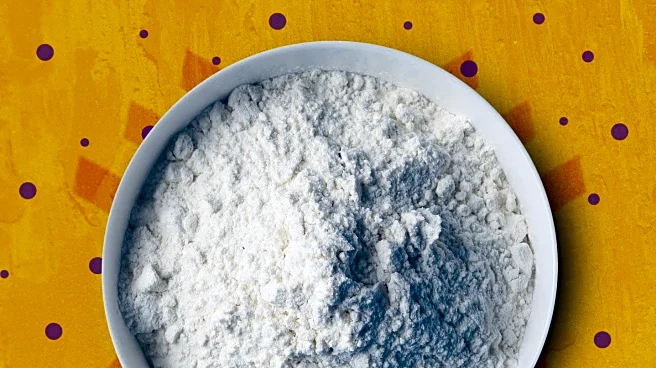What's Happening?
A study by Consumer Reports has revealed that several protein powders and shakes contain high levels of lead and other heavy metals. The study tested 23 products and found that 16 exceeded the lead levels deemed safe by Consumer Reports, which are more
stringent than those set by the FDA. Plant-based proteins were found to have higher lead content compared to whey or beef proteins. The report highlights the potential health risks associated with long-term exposure to heavy metals, which can lead to serious health issues such as nerve damage and increased cancer risk.
Why It's Important?
The findings raise significant health concerns for consumers who regularly use protein supplements, a market that has grown to over $32 billion globally. The discrepancy between Consumer Reports' safety standards and those of the FDA highlights the need for clearer guidelines and better consumer awareness. The presence of heavy metals in widely consumed products underscores the importance of rigorous testing and regulation to ensure consumer safety. This issue could lead to increased scrutiny of the supplements industry and calls for more stringent regulatory measures.
What's Next?
Consumers may become more cautious about their protein supplement choices, potentially leading to a shift towards products with verified lower heavy metal content. Manufacturers might face pressure to improve testing and transparency regarding their products' safety. Regulatory bodies could be urged to reassess and potentially tighten safety standards for dietary supplements. The industry may see increased demand for organic and sustainably sourced products, which are perceived to have lower contamination risks.
Beyond the Headlines
The study highlights broader environmental issues, as heavy metals in protein powders often originate from soil and water contamination. This points to the need for sustainable agricultural practices and pollution control measures. The cultural emphasis on fitness and health supplements reflects societal trends towards wellness, but also raises questions about the balance between perceived health benefits and actual safety.













